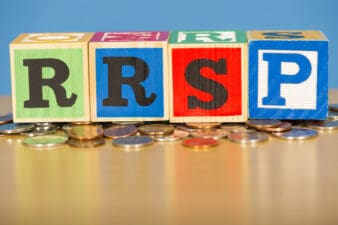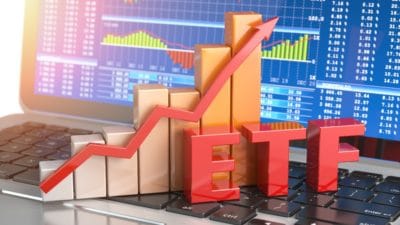There’s no tax burden to Tax-Free Savings Account (TFSA) users unless they break the rules. The Canada Revenue Agency (CRA) will charge penalty taxes whenever accountholders make mistakes when managing their TFSAs.
The primary advantage of a TFSA is that earnings or investment income within the account is tax-free. However, penalties could cost a fortune for users who, consciously or unconsciously, commit four infractions. The CRA is unforgiving, especially in one of them.
1. Over-contribution (part 1)
The common mistake is over-contribution, although the Canada Revenue Agency (CRA) is crystal clear on this rule. It sets the annual contribution limit every year in November, so the tax agency expects users to comply. The penalty tax is 1% of the excess over the prescribed annual limit or available contribution room.
2. Over-contribution (part 2)
Over-contribution in a TFSA comes in two ways. Some users make the mistake of withdrawing an amount and returning it within the year assuming you max out your $6,000 yearly limit then withdraw $1,000. You can’t redeposit the amount in the same year. Otherwise, it constitutes an over-contribution of $1,000. A 1% penalty tax on the excess also applies in this case.
3. Foreign dividends are taxable
Cash, bonds, GICs, ETFs, mutual funds, and stocks are eligible investments in a TFSA. However, some TFSA investors prefer international diversification and buy U.S. dividend stocks. You incur a 15% withholding tax on dividends or income generated from foreign assets if you do.
The recourse of users investing in U.S. stocks, for example, is to hold these assets in a Registered Retirement Savings Plan (RRSP) to avoid the withholding tax. A U.S.-Canada tax treaty is in place for pension accounts, but unfortunately, the TFSA isn’t part of the agreement.
4. Day trading not condoned
The CRA imposes the harshest penalty on TFSA users who carries a business within the investment account. While it’s tempting to buy and sell stocks for quick gains, day trading isn’t allowed in a TFSA.
Remember, the goal of TFSA users is to save for retirement or build future wealth. The account is not a free pass to generate business income. High-frequency trading activities raise alarm bells. If the CRA deems you violated the rule, it will treat all gains as business income. Hence, all earnings from day trading become taxable income.
Ideal TFSA holdings
Among the core holdings of TFSA users are Canadian dividend stocks. Many prefer Keyera (TSX:KEY) and First National Finance (TSX:FN) because of their high yields and monthly dividends. Your TFSA balance compounds faster if you can reinvest dividends every time you receive them.
Keyera in the energy sector is a Dividend Aristocrat. The $7.12 billion energy infrastructure company went public in 2003 and has rewarded investors with steady dividend growth since. At $32.23 per share, the dividend yield is an eye-popping 5.96%. Your $6,000 in a TFSA will produce $29.80 in tax-free income every month.
First National specializes in residential and commercial mortgages. The $2.64 billion lender has been operating for 33 years already. Also, the stock outperforms in 2021 (+10.5%), given the high demand for mortgages and the red-hot housing market. At $44.16 per share, you can partake of the generous 5.32% dividend.
Host of benefits
The TFSA brings a host of benefits to users. However, the CRA won’t tolerate habitual mistakes or deliberate attempts to abuse the investment account.







